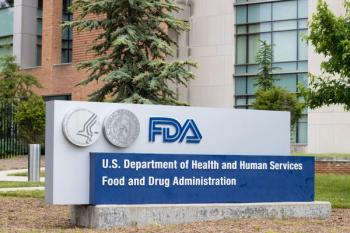
Mobile Apps Bridge the Patient-Provider Gap
Why a new health platform is a signal that healthcare executives need to rethink how consumers are motivated to live healthier lives.
Blue Shield of California’s rollout of a new digitally-based lifestyle medicine and health platform that can be personalized to each of its members’ individual health needs and preferences is a signal that healthcare executives need to rethink how consumers are motivated to live healthier lives.
The health plan's Wellvolution whole-health platform, created in collaboration with
- Sleep quality
- Stress management
- Physical activity
- Diet and nutrition
- Tobacco cessation
- Cardio-metabolic disease prevention (e.g., diabetes, heart disease, etc.)
- Chronic condition reversal
“It’s clear that organizations are turning to mobile apps to support care and self-monitoring and further bridge the gap between consumers and medical professionals,” says Erin Fitzgerald, SVP of marketing at SERMO, a global social platform for physicians and healthcare professional survey company based in New York.
“Oftentimes, healthcare companies roll out siloed programs that have various barriers of entry,” she says. “Then, a meeting will be held once a year to go over resources and benefits only to be quickly forgotten. Because apps are a part of a consumer’s everyday life, this is a better approach to really integrate and promote workplace wellness in a more impactful and meaningful way. In fact, our platform has seen an uptick in the number of physicians discussing healthcare apps. Physicians are posting to get peer opinions on whether or not they should recommend certain healthcare applications to their own patients.”
Related:
Fitzgerald explains that partnerships will also be a key to moving forward.
“It’s not always about reinventing the wheel but leveraging what works and removing what doesn’t,” she says. “It’s also important for executives to listen to consumers and give them choices. Healthcare is not a one-size-fits-all industry, which we’ve experienced on our own platform. Some physicians use SERMO for crowdsourcing while others use it to participate in research or talk to peers. Additionally, marketing mobile apps to physicians is just as important as marketing them to consumers since there’s a lot of word-of-mouth and recommendations happening within the industry.”
With the recent release of
- 53% have concerns with people using this tech
- 67% are not comfortable with a patient regularly relying solely on this tech
- 89% see potential in this tech
- 74% would recommend that a patient with previous heart conditions use this tech
Newsletter
Get the latest industry news, event updates, and more from Managed healthcare Executive.


















































